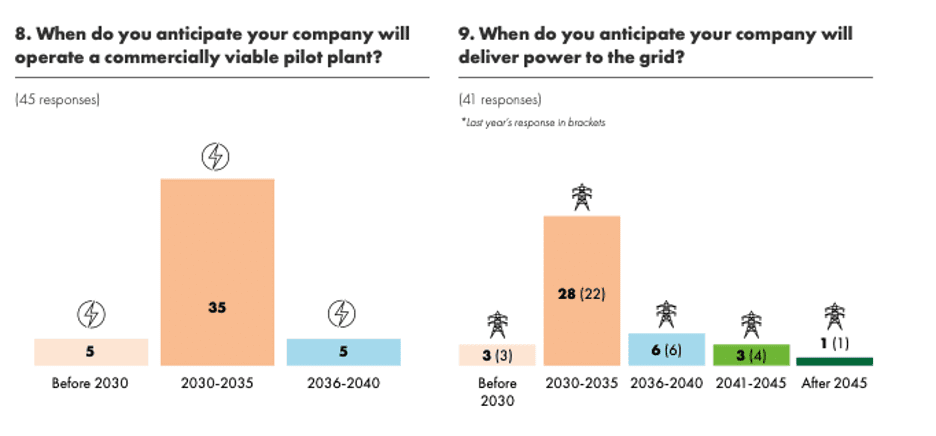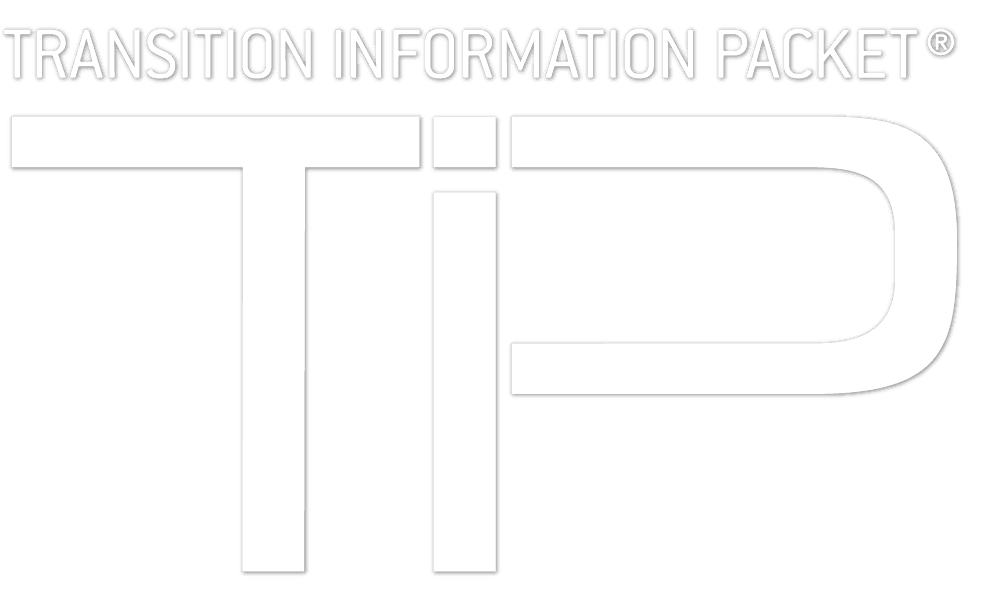Are we there yet? It might seem like a common enough question, but when it comes to space exploration, travel time makes a big difference. The future of space exploration and travel will require demanding propulsive performance and flexibility for more ambitious missions requiring high duty cycles, more challenging environmental conditions, and extended operation. These capabilities may be achieved through the innovation and development of advanced in-space propulsion systems designed to reduce travel time, increase payload mass, reduce acquisition costs, reduce operational costs, and enable new science capabilities for exploration and science spacecraft.
BCC Research indicates that the space propulsion system market is expected to grow rapidly due to a significant increase in satellites and launch vehicle manufacturing; this increase has been enabled by recent innovations in components allowing a wider segment of consumers in the industry to have access to space propulsion system technology. Additionally, a significant investment in the development of cost-effective and efficient propulsion systems is a leading growth driver in this market. Furthermore, the development of emerging technologies, including, air-breathing propulsion systems, electric propulsion systems, and reusable propulsion systems, are expected to drive growth in the global space propulsion system market. In terms of how much revenue this generated – the global space propulsion system market generated a revenue of $5.63 billion in the year 2018.
MarketsandMarkets also provides coverage of the space propulsion systems market and offers insights into factors impacting this space, including COVID-19. The space propulsion market faced a slight decline from 2018 to 2019 due to a decrease in the number of space launches, and COVID-19 has also affected the import and export trading activities in the space industry. However, the expected rise in space launches from 2021 and beyond will drive the space propulsion market. Taking these and other factors into consideration, MarketsandMarkets reports that the global space propulsion market will grow from $6.7 billion in 2020 to $14.2 billion by 2025, at a compound annual growth rate (CAGR) of 16.2% from 2020 to 2025. The rapid spread of COVID-19 in Europe, the U.S., and Asia Pacific has led to a significant drop in demand for space propulsion system globally, with a corresponding reduction in revenues for various suppliers and service providers across all markets due to late delivery, manufacturing shutdown, the limited staff at manufacturing facilities, and limited availability of equipment. However, industry experts believe that global space propulsion demand is anticipated to recover by 2022.
While space launches are exciting, they can produce a sizeable carbon footprint due to the burning of solid rocket fuels – the exhaust is filled with materials that can collect in the air over time, potentially altering the atmosphere in dangerous ways along with small pieces of soot and a chemical called alumina that are created in the wakes of rocket launches. These materials may build up in the stratosphere over time, slowly leading to the depletion of a layer of oxygen known as the ozone. As the number of missions increases, the emission scale of harmful gases is also expected to increase. In terms of space propulsion technologies in use and their growth trajectory, the non-chemical segment of the space propulsion market is expected to grow more quickly than the chemical segment. This is due to the demand for velocity increments in modern propulsion systems given that the non-chemical propulsion system’s efficient use of fuel and electrical power enables modern spacecraft to travel farther, faster, and cheaper than any other propulsion technology currently available. To quantify this difference, chemical propulsion systems have demonstrated fuel efficiencies up to 35%, but ion thrusters have demonstrated fuel efficiencies over 90%. The sky truly is the limit when it comes to novel and efficient propulsion systems.
Due to the presence of major player and intense competition among them, North America is the most technologically advanced region with these players looking to secure contracts from end users—such as defense, commercial, and government agencies—and to deploy their satellites and launch vehicles into space by using different types of propulsion systems. This market has been garnering increasing amounts of interest over the past few years due to the significant efforts of commercial space companies and space agencies developing more efficient, less toxic, and enhanced space propulsion systems to contribute to the growth of the space propulsion system market. The development of cost-efficient propulsion technologies may drive growth in this market for years to come.
Most of us immediately think of NASA’S Jet Propulsion Laboratory (JPL) when considering novel propulsion systems, but the U.S. Department of Energy (DOE) is also playing a key role in space exploration and technology development. During the summer of 2020, the Mars 2020 Perseverance Rover was launched from Florida’s Kennedy Space Center – it’s the first rover in over 30 years to use domestically produced plutonium created by the U.S. national laboratories. Perseverance is equipped with a multi-mission radioisotope thermoelectric generator (RTG) used to power the rover throughout its journey – to date, the DOE has built almost 50 radioisotope power system units that have powered more than two dozen U.S. space missions. In addition to the work being carried out by the DOE, the Department of Defense (DoD) is working on nuclear propulsion systems through efforts by DARPA and industry to further technology in this space. The White House is also working to power space exploration – its guiding document, A New Era for Deep Space Exploration and Development, was released by the National Space Council in July of 2020.







